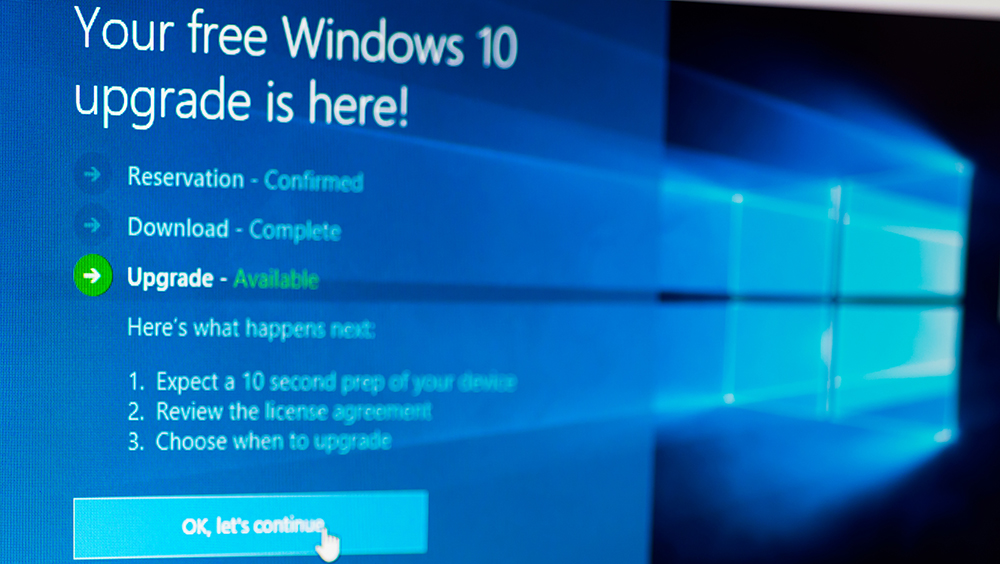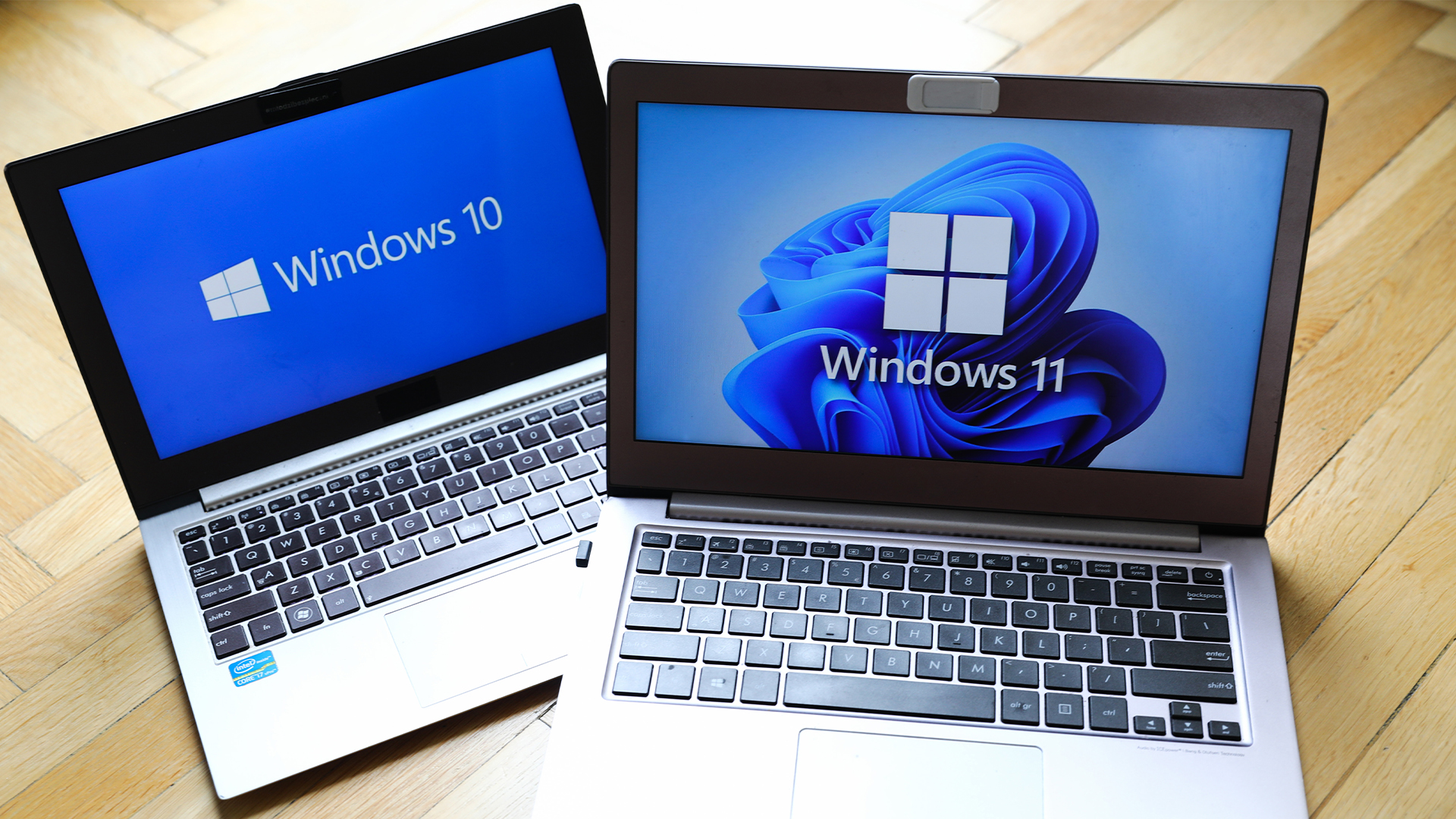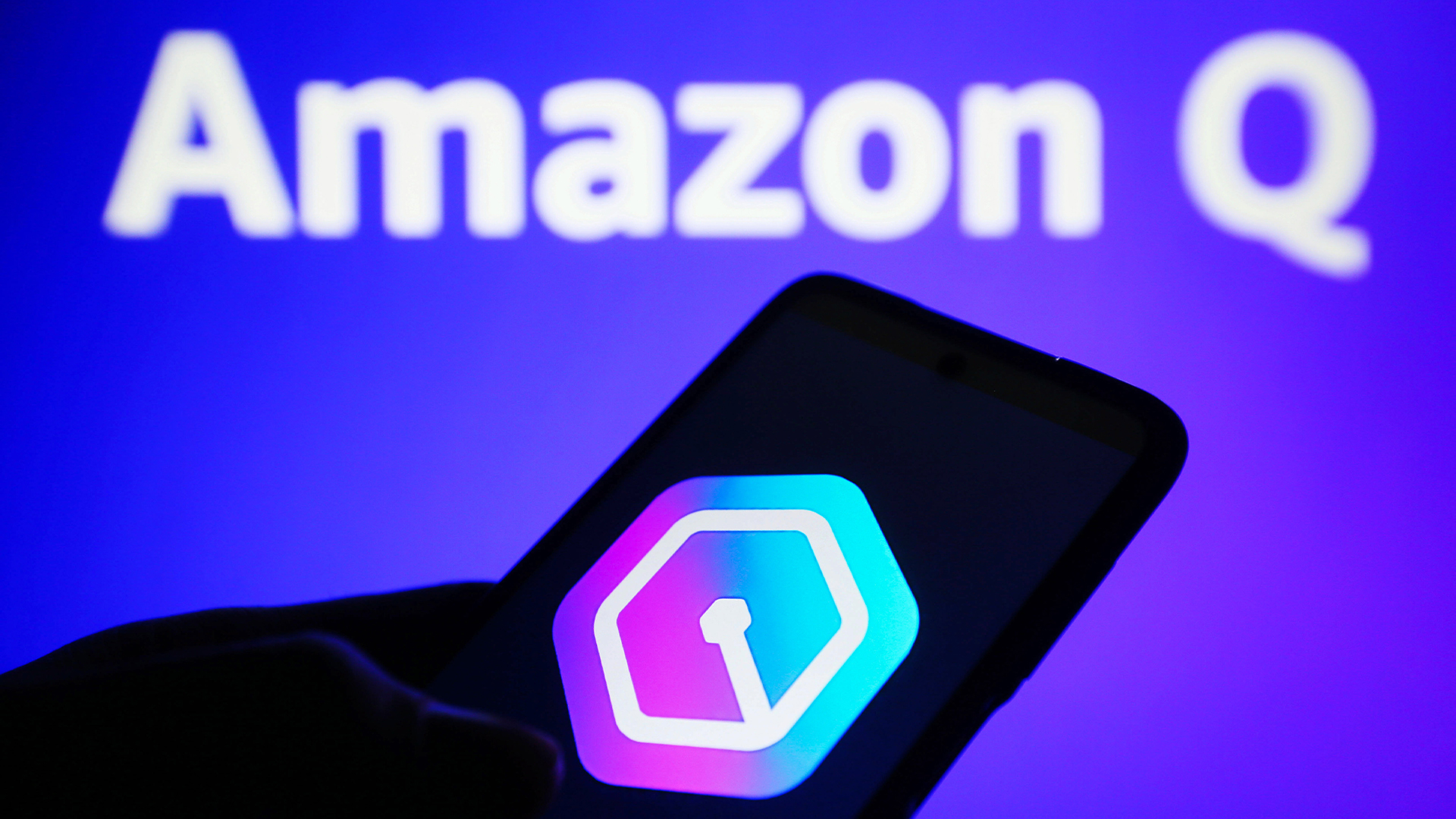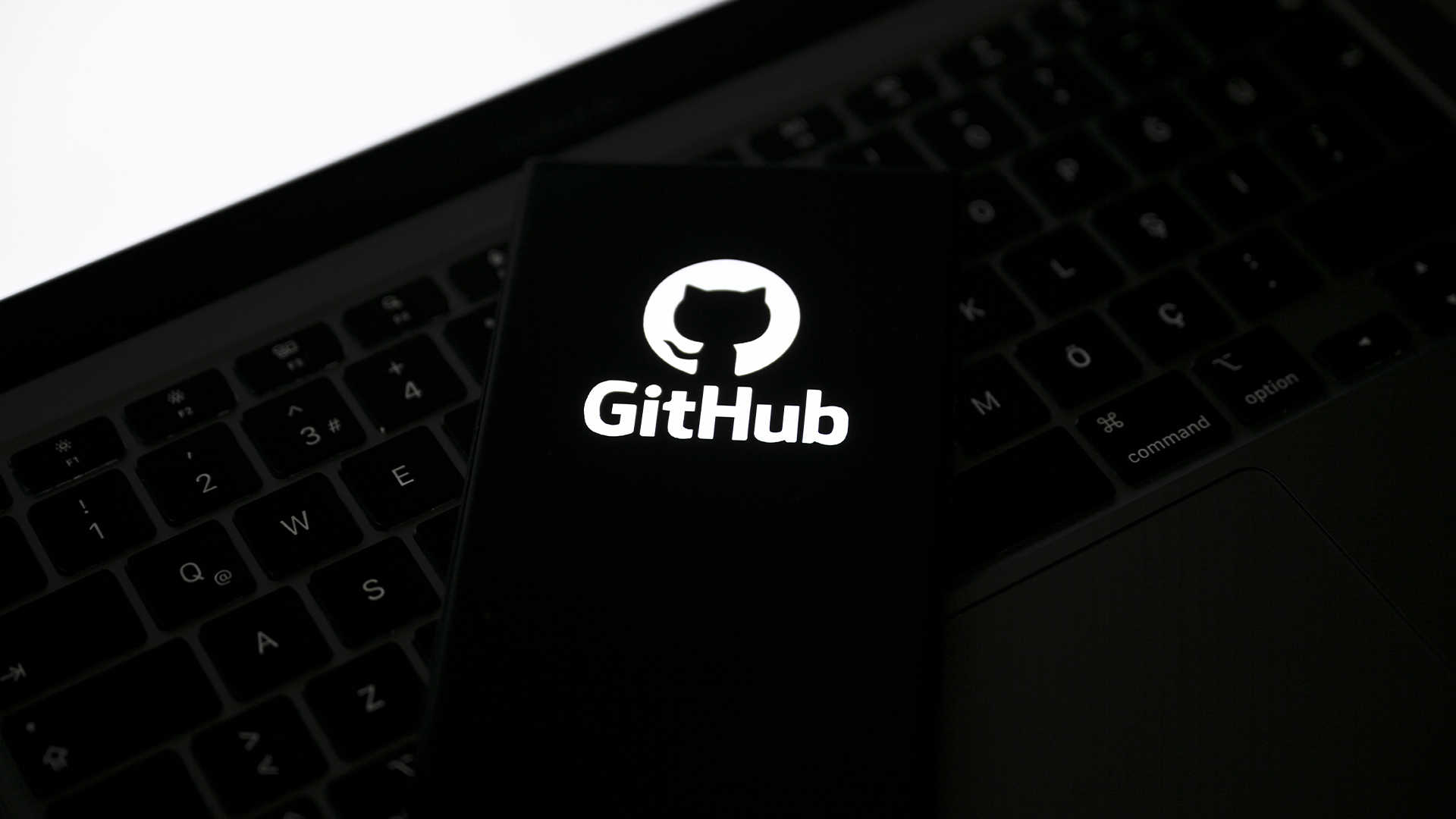Windows 10 begins early testing for major 2020 upgrade
Earlier-than-expected beta testing comes in the wake of Microsoft's April 2018 and October 2018 rollout disasters


Microsoft has announced it has begun beta testing a major Windows 10 upgrade due in 2020 despite the operating system's next two flagship updates still months from release.
Windows Insiders who have opted into the 'skip ahead' developer programme will be granted access to a new build, dubbed "20H1", in order to test features not due for release until next year.
This timetable is especially premature considering the next major upgrade, due in April, is just reaching the "nearly finished and ready" development stage, and the update after that, due in October, won't begin testing until this point.
The decision to begin assessing certain elements of 20H1 at this stage was made, however, because these features require a "longer lead time", the firm's head of the Windows Insider Program Dona Sarkar said in a blog post.
"As is normal with builds early in the development cycle, builds may contain bugs that might be painful for some," Sarkar said. "If you take this flight, you won't be able to switch back to the Fast or Slow rings without doing a clean-install on your PC and starting over.
"We will begin releasing 19H2 bits to Insiders later this spring after we get 19H1 nearly finished and ready; once 19H1 is "nearly finished and ready" we'll also use the Release Preview ring for previews of drivers and quality updates on 19H1."
Microsoft hasn't announced any of the new features expected in the Windows 10 2020 update, and has warned developers who have opted in to test this build that they should expect a greater level of instability.
Get the ITPro daily newsletter
Sign up today and you will receive a free copy of our Future Focus 2025 report - the leading guidance on AI, cybersecurity and other IT challenges as per 700+ senior executives
The decision to test 20H1 far earlier than expected also comes in light of Microsoft's sequentially botched Windows 10 upgrades last year. Both the April 2018 and October 2018 updates encountered severe difficulties and brought disruption to many Windows users.
The April 2018 update, for instance, wasn't fully released until a week after it was initially slated to appear, because developers discovered a critical 'blocking bug' that could have caused millions to experience the infamous Blue Screen of Death (BSOD).
The issues that blighted the October 2018 update were on a far grander scale, however, with a series of critical bugs, including two separate file-deleting glitches, causing massive disruption to its rollout.
The October update didn't see the light of day, as far as general users were concerned, until mid-November, with Microsoft having initially released it on 3 October only to pull it a few days later.

Keumars Afifi-Sabet is a writer and editor that specialises in public sector, cyber security, and cloud computing. He first joined ITPro as a staff writer in April 2018 and eventually became its Features Editor. Although a regular contributor to other tech sites in the past, these days you will find Keumars on LiveScience, where he runs its Technology section.
-
 Cleo attack victim list grows as Hertz confirms customer data stolen
Cleo attack victim list grows as Hertz confirms customer data stolenNews Hertz has confirmed it suffered a data breach as a result of the Cleo zero-day vulnerability in late 2024, with the car rental giant warning that customer data was stolen.
By Ross Kelly
-
 Lateral moves in tech: Why leaders should support employee mobility
Lateral moves in tech: Why leaders should support employee mobilityIn-depth Encouraging staff to switch roles can have long-term benefits for skills in the tech sector
By Keri Allan
-
 Dragging your feet on Windows 11 migration? Rising infostealer threats might change that
Dragging your feet on Windows 11 migration? Rising infostealer threats might change thatNews With the clock ticking down to the Windows 10 end of life deadline in October, organizations are dragging their feet on Windows 11 migration – and leaving their devices vulnerable as a result.
By Emma Woollacott
-
 AWS expands language support for Amazon Q Developer
AWS expands language support for Amazon Q DeveloperNews AWS has expanded support for languages in Amazon Q Developer, making it easier for developers to code in their first language.
By Nicole Kobie
-
 AI was a harbinger of doom for low-code solutions, but peaceful coexistence is possible – developers still love the time savings and simplicity despite the allure of popular AI coding tools
AI was a harbinger of doom for low-code solutions, but peaceful coexistence is possible – developers still love the time savings and simplicity despite the allure of popular AI coding toolsNews The impact of AI coding tools on the low-code market hasn't been quite as disastrous as predicted
By Ross Kelly
-
 ‘We’re trading deep understanding for quick fixes’: Junior software developers lack coding skills because of an overreliance on AI tools – and it could spell trouble for the future of development
‘We’re trading deep understanding for quick fixes’: Junior software developers lack coding skills because of an overreliance on AI tools – and it could spell trouble for the future of developmentNews Junior software developers may lack coding skills because of an overreliance on AI tools, industry experts suggest.
By George Fitzmaurice
-
 GitHub's new 'Agent Mode' feature lets AI take the reins for developers
GitHub's new 'Agent Mode' feature lets AI take the reins for developersNews GitHub has unveiled the launch of 'Agent Mode' - a new agentic AI feature aimed at automating developer activities.
By Ross Kelly
-
 Shadow AI is creeping its way into software development – more than half of developers admit to using unauthorized AI tools at work, and it’s putting companies at risk
Shadow AI is creeping its way into software development – more than half of developers admit to using unauthorized AI tools at work, and it’s putting companies at riskNews Enterprises need to create smart AI usage policies that balance the benefits and risks
By Solomon Klappholz
-
 Python just brushed past JavaScript to become the most popular programming language on GitHub – and a key factor is that AI developers love it
Python just brushed past JavaScript to become the most popular programming language on GitHub – and a key factor is that AI developers love itNews The meteoric rise of Python shows no sign of stopping
By Nicole Kobie
-
 Tiny11 review: Windows 11 with only 2GB of RAM
Tiny11 review: Windows 11 with only 2GB of RAMReview A version of Windows 11 for older machines that don't meet the full requirements
By Nik Rawlinson